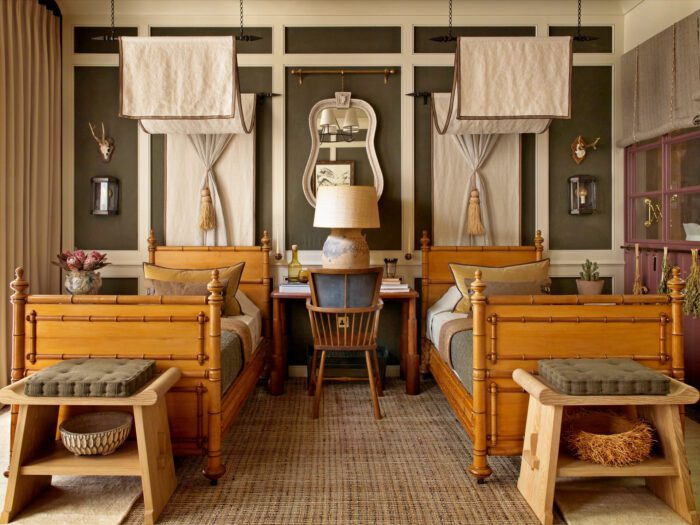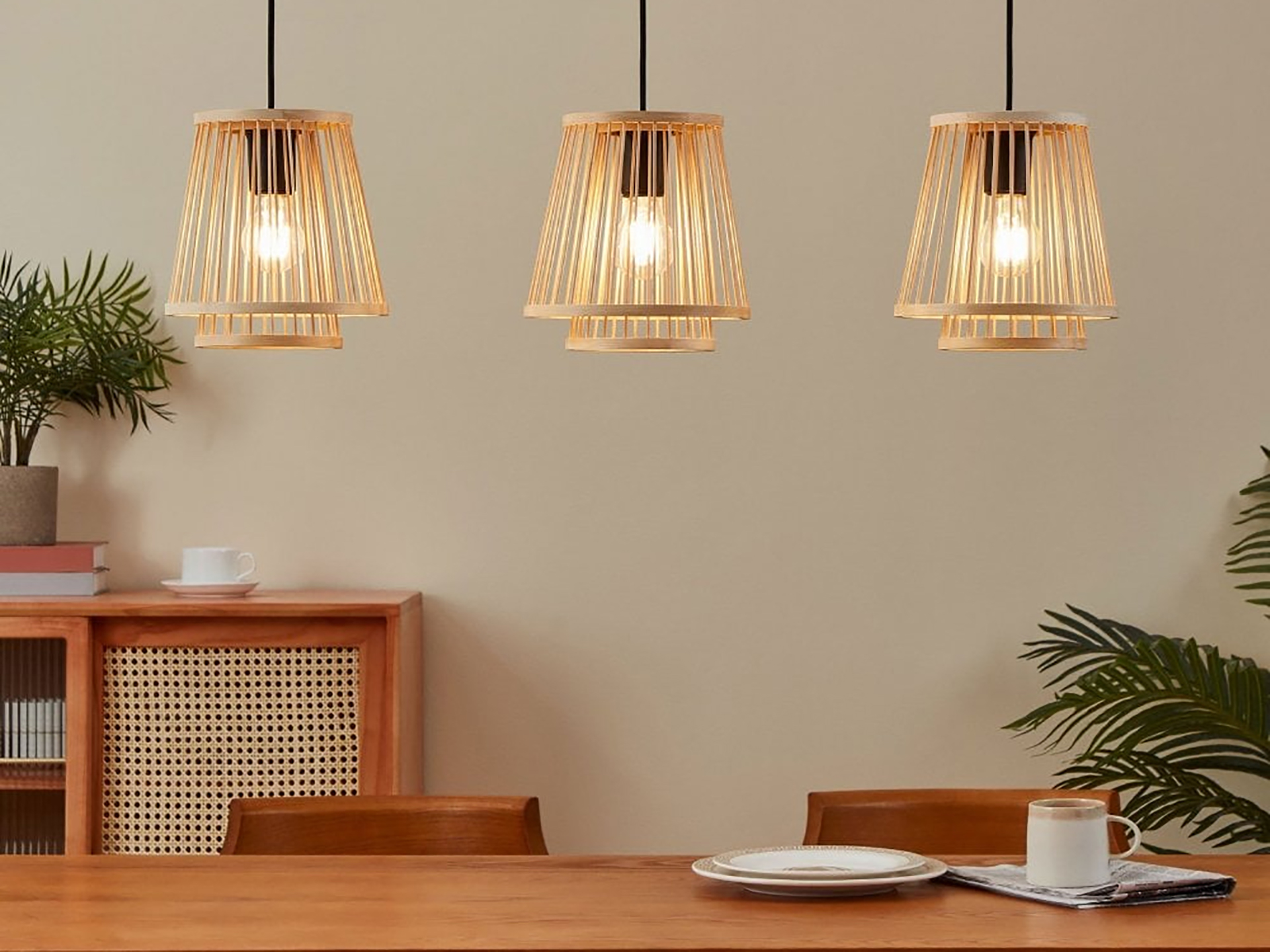
The best bamboo furniture and homeware products
Bamboo is found throughout Asia, in central and southern Africa, and Central and South America. And there are more than 1,400 different species. Although it can grow up to 35m high, bamboo is actually a grass, not a tree. The hollow, straight stems with their distinctive nodes are called culms.
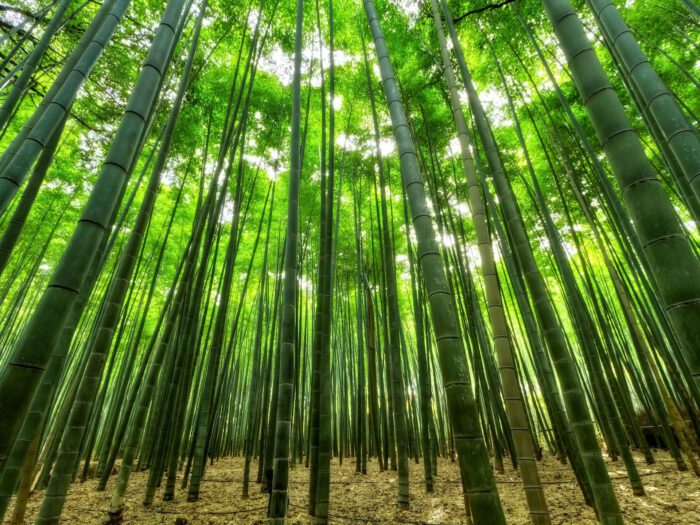
It’s the world’s fastest growing plant, growing 10 times faster than trees. Some species can grow at nearly a metre a day, that’s 1mm every 90 seconds! Bamboo plants reach maturity within five years, and then they can be harvested over and over again without dying. A bamboo plant will die or decline after it flowers, which is only once every 50 to 125 years. This all means bamboo furniture and homeware products are a sustainable option.
Bamboo in building
Bamboo has huge potential as a building material. It has been used for thousands of years to make small domestic buildings in the regions where it grows naturally. But a new generation of architects, excited by its particular qualities and sustainability, are designing more ambitious bamboo buildings.
Bamboo is as strong as many hardwoods and is a great way to capture carbon. Nowadays, as well as being used as a natural raw material, bamboo is being turned into laminates and particle boards that can be used instead of timber to make everything from furniture to flooring, homewares to engineered wood products for use in construction. Although it has to be remembered that transporting these products to places far from where the bamboo was grown does increase their carbon footprint.
Here’s an inspirational six-storey home in Bali designed by Elora Hardy’s architecture practice IBUKU, which has made some incredible bamboo buildings on a monumental scale.
Super sustainability
Because bamboo grows so fast it’s a great way to capture carbon, quickly and in large quantities. It’s also a good plant to grow to quickly afforest marginal or degraded land. And it’s an excellent, sustainable alternative to hard woods. Although bamboo is not a wood, bamboo furniture and other products can be Forest Stewardship Council (FSC) certified, which means that they are made from bamboo from sustainable, well-managed forests.
Bamboo is naturally resistant to pests and fungi infestation, and there should be no need to use pesticides or fertilizers when growing it.
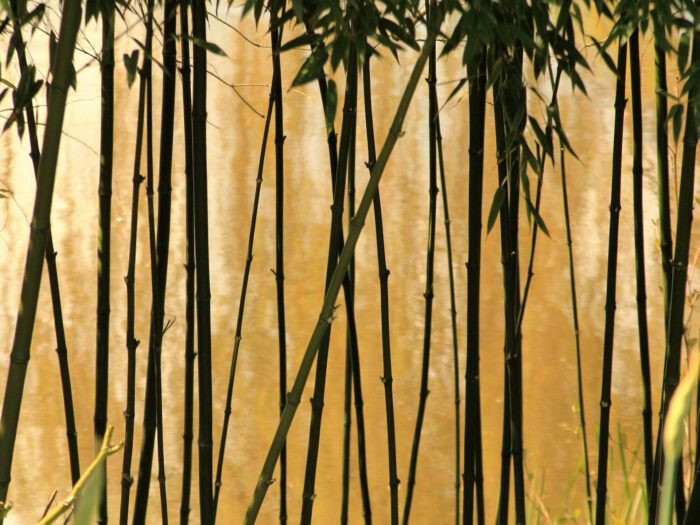
Bamboo textiles
Bamboo can be used to make textiles. Given the environmental credentials discussed above, bamboo fabrics can be sustainable, but very polluting methods are often used to make cheap bamboo viscose or rayon. Factories produce lots of toxic byproducts and often expose workers to the neurotoxin carbon disulfide.
There is another type of bamboo fabric, however, that is made more sustainably and ethically. This is called mechanically produced bamboo fibre, or sometimes bamboo linen. So if you’re looking to buy textiles made from bamboo, look out for this.
Bamboo in the home
Bamboo furniture and interiors accessories are becoming increasingly popular because of their sustainability, but also because they bring nature into our home. Its natural feel and look are soothing and calming. Bamboo products appeal to our biophilia (love of nature). And, maybe, just maybe, hint at faraway places visited on holiday, with our family, or in our dreams.
Here’s our selection of some of the best bamboo furniture and accessories around right now.

Bamboo kitchenwares
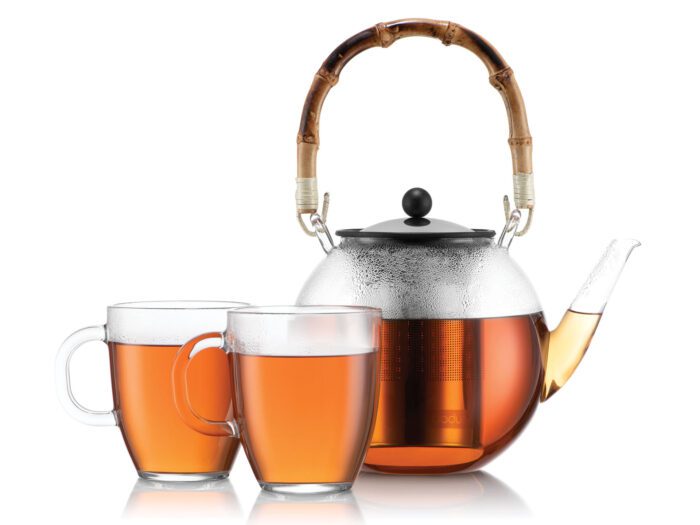
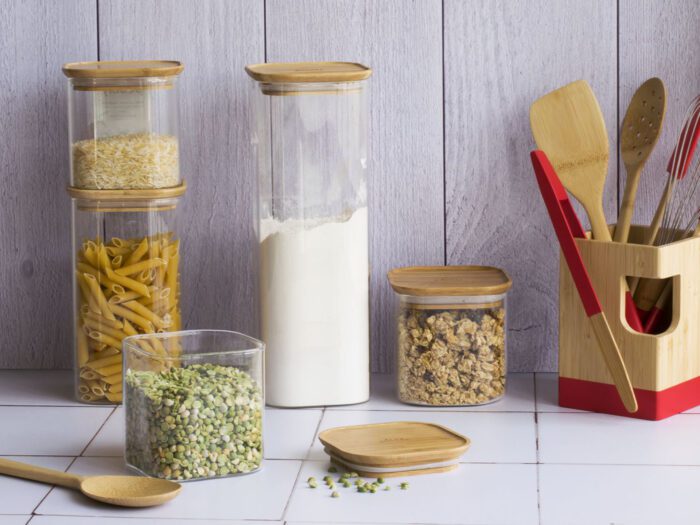
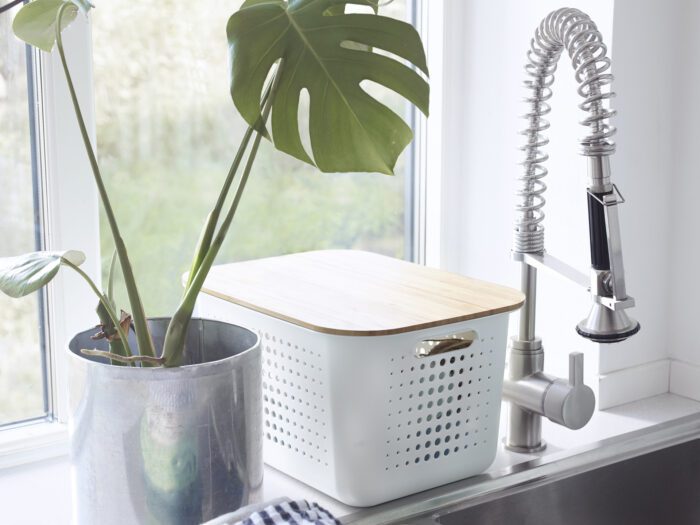

Home accessories
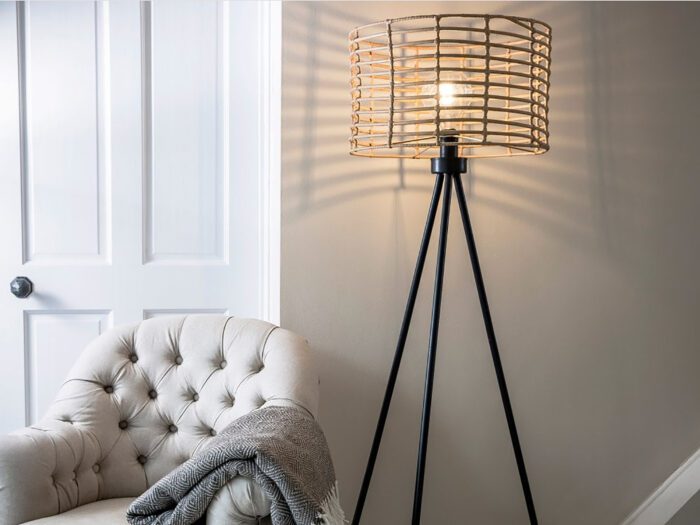
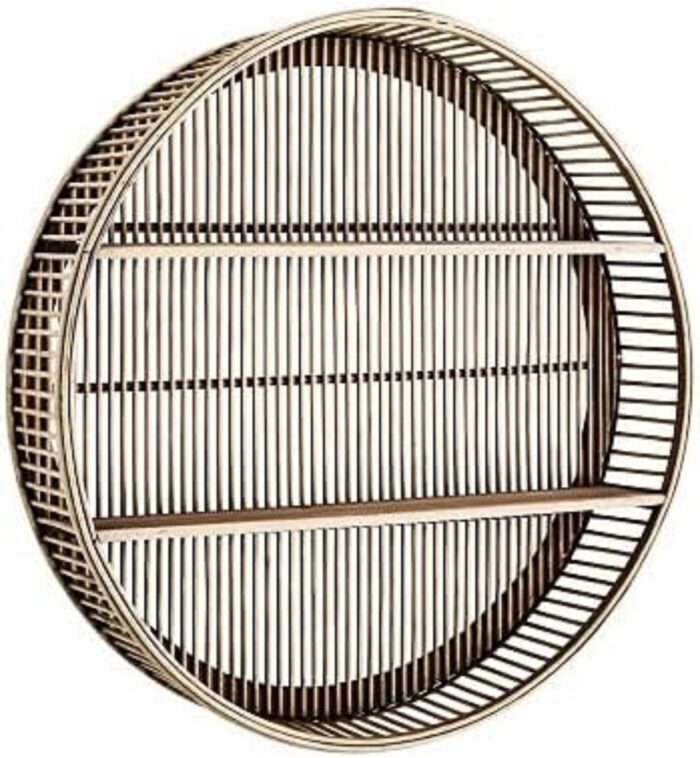
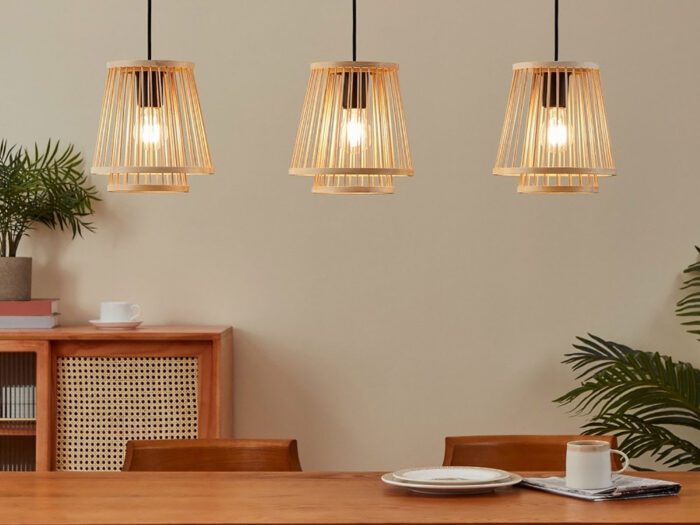
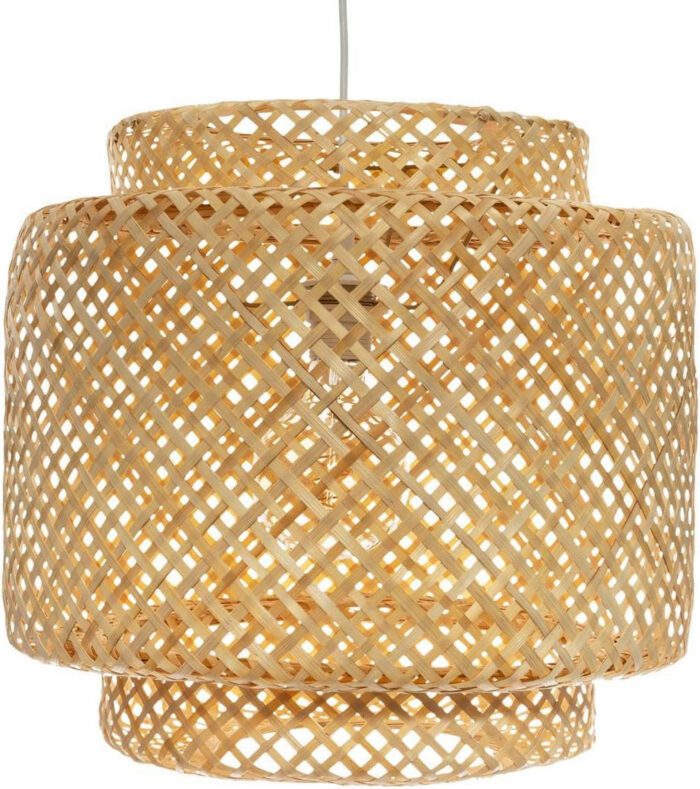
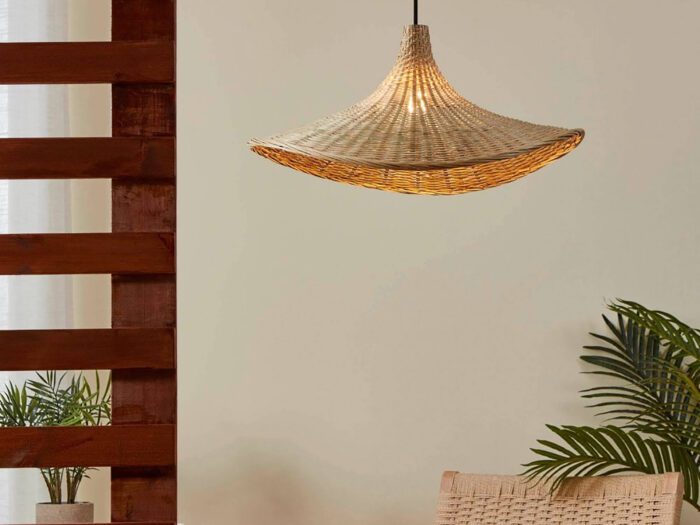
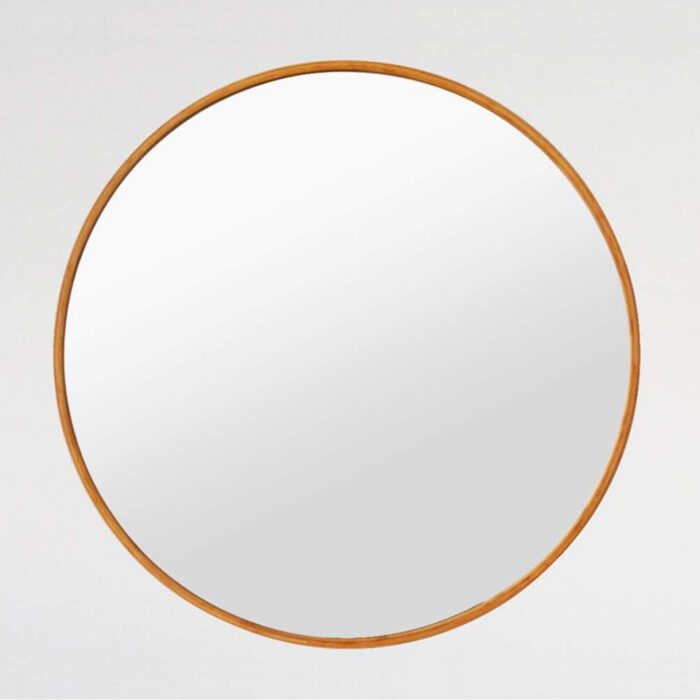
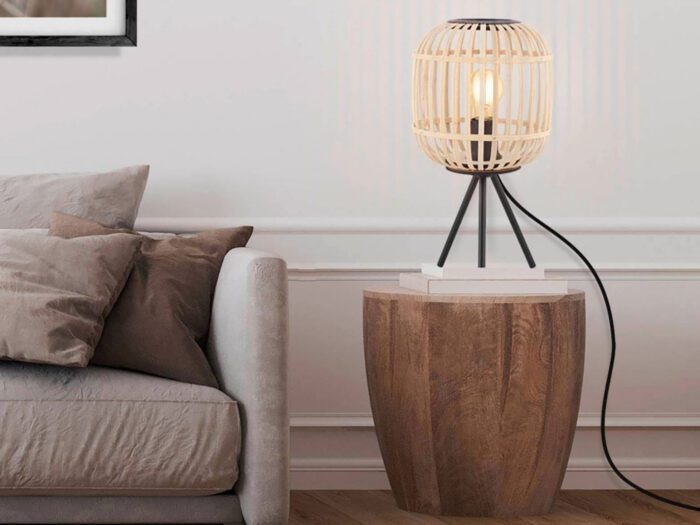
Bamboo furniture

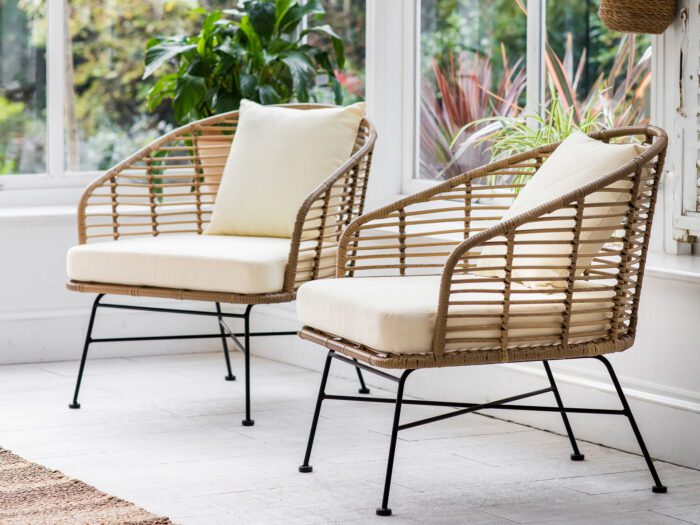
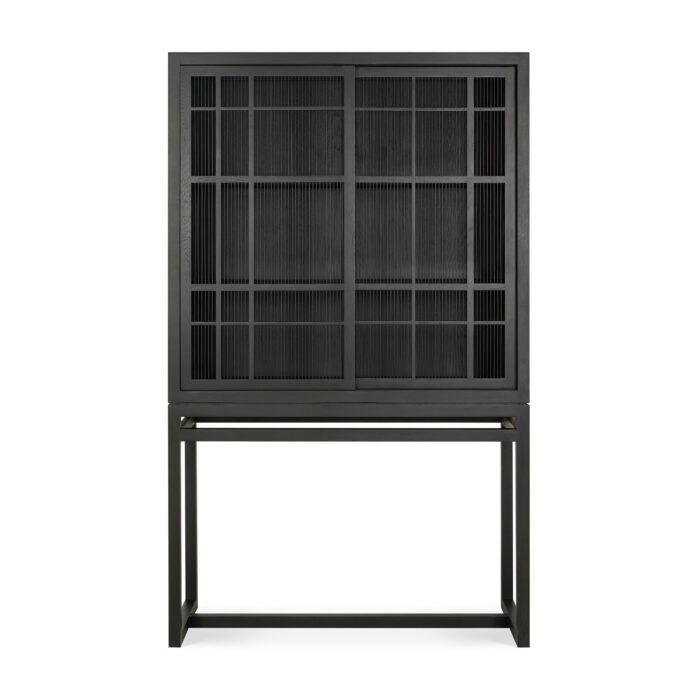
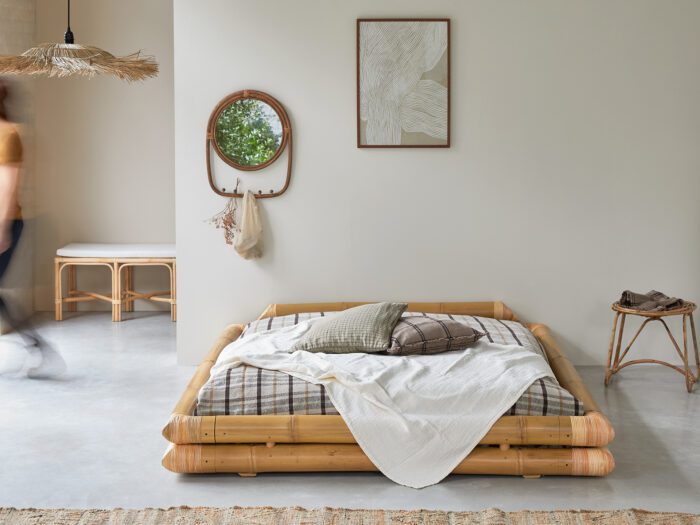
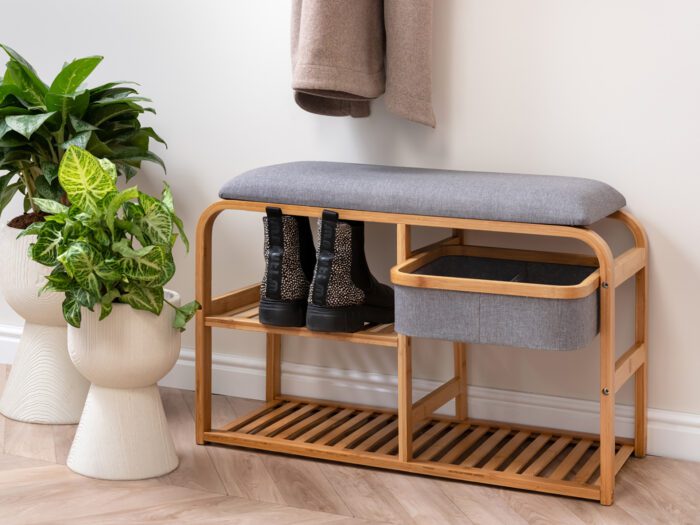
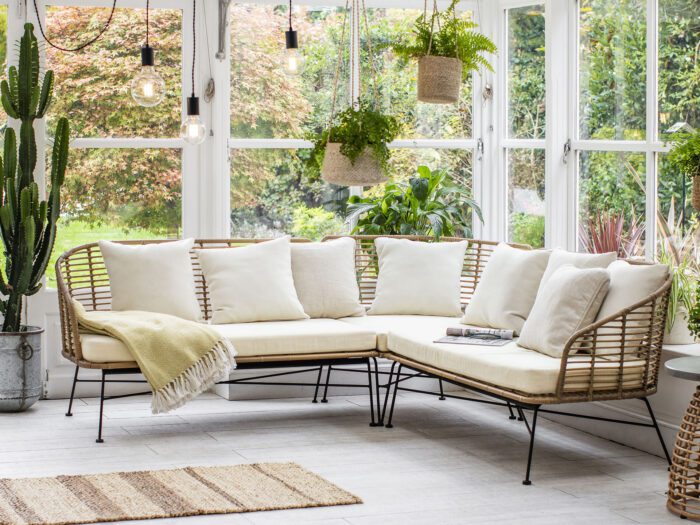
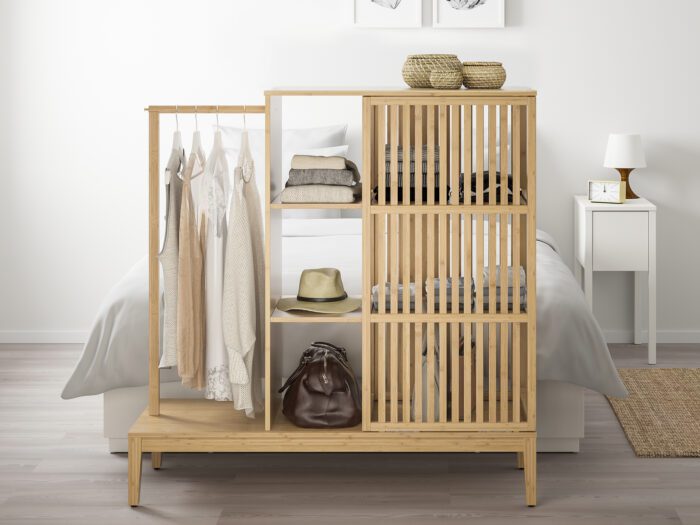
Bamboo flooring
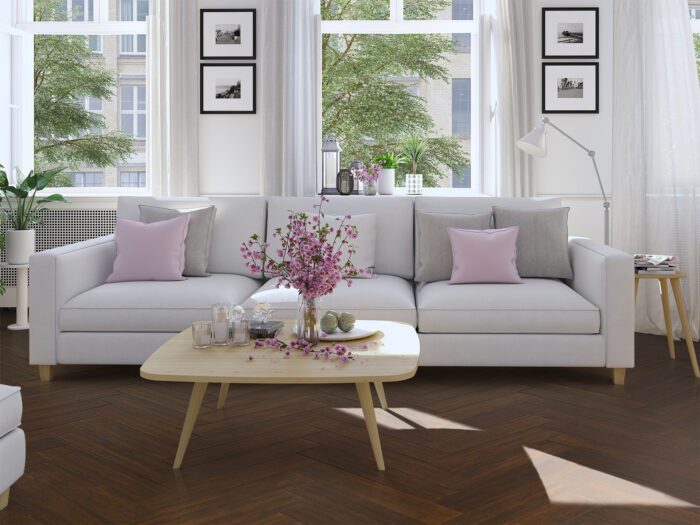
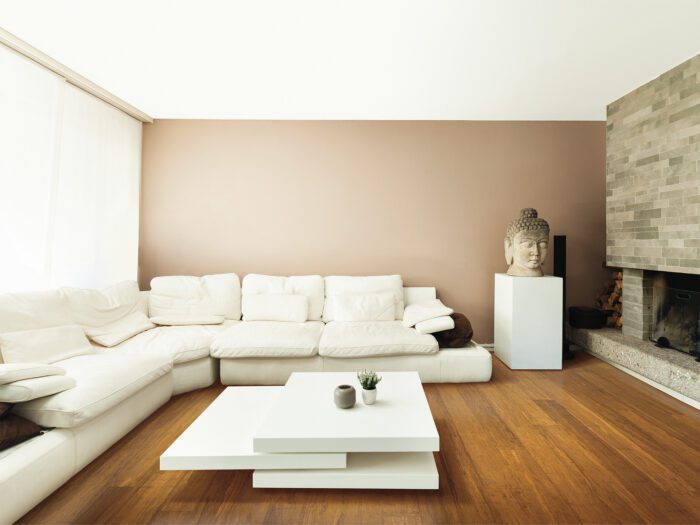
Bamboo blinds
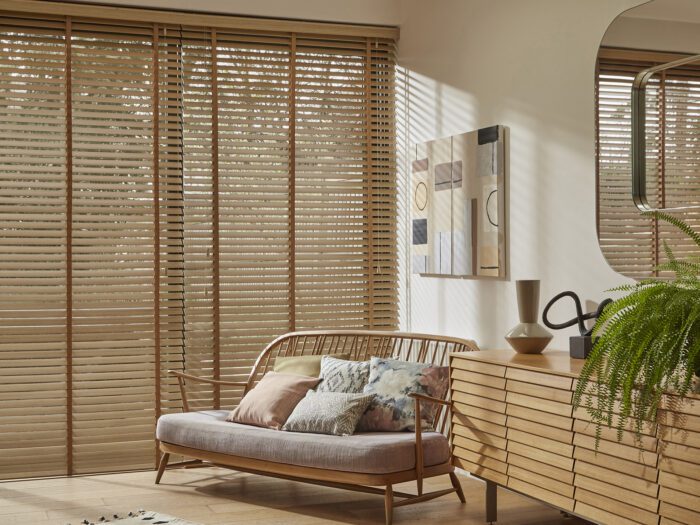

Faux bamboo
Bamboo has a special place in the history of interior décor in both East and West. In the 18th century, people in Europe were fascinated by luxury goods arriving for the first time from China, India and Japan, which were made using materials and techniques not seen here before, like porcelain, lacquerware and silk.
Craftsmen copied these rare and valuable things rather loosely, using considerable creative licence and whatever materials they could get their hands on. In doing so, they created a kind of hybrid, fantastical style called Chinoiserie, which drew on rather confused influences from right across Asia.
Chinoiserie went in and out of fashion in the West for the next two centuries. You can find more about it by reading @AldousBertram‘s fabulous book on the subject Dragons and Pagodas or following @dragons_and_pagodas.
Through today’s lens, this could be seen as a form of cultural appropriation, but at the time, it was a complicated mixture of things: admiration, Orientalism, love of novelty, excitement, ignorance, othering; a complex cultural cocktail. It is perhaps worth recalling what 18th century French philosopher Voltaire said: “The fact remains that 4,000 years ago, when we did not know how to read, they [the Chinese] knew everything essentially useful of which we boast today.”
Furniture that looked as if it were made from bamboo was part of the Chinoiserie craze. Chairs, dressers and beds with faux bamboo details carved from hardwood became common, as bamboo signalled exotic places and the money to travel to them.
Fake bamboo
Perhaps it’s not for everyone, but this does mean that another sustainable way to embrace ‘bamboo’ in your home is to buy faux bamboo antiques. If you have the budget, there are some incredible bamboo-inspired pieces to pick from, like these beautiful French fruitwood and maple faux bamboo twin beds from c1900 from Victorian Dreams, who source, restore, and sell vintage and antique beds.
You can view similar restored beds online or visit the showroom in Hampshire. They also have over 250 original beds in stock awaiting restoration in your choice of colour and fabric. Double beds start at £1,200.
